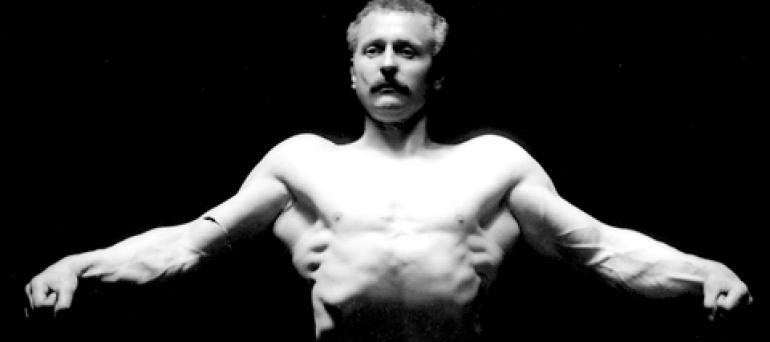Shape of a Kiwi
01/01/2004
About
What is the difference between a model in the 60s and the 80s? Or a Maori soldier in WWI and WWII?
Kiwi bodies are changing. Quickly. In height, weight and strength we look very different to our parents, let alone our Grandparents. At this rate of change, what will the average Kiwi look like in another hundred years? Shape Of A Kiwi is a documentary that answers these questions and more.
How much you can tell about the genes and eating patterns of a population by how tall people are? What is the effect of a gene-mix dominated by shorter European settlers meeting the much larger Polynesians. As well as the general population Shape Of A Kiwi looks at the difference in physique between past All Blacks and Silver Ferns and those of today. Legend Colin Meads talks about his training and eating habits, and how far removed they are from a modern athlete. (At 6ft 4in Meads is already 4 inches shorter than today's All Black locks like Chris Jack).
The pressure is on to make us more toned. The difference between a 1960s Miss New Zealand in a swimsuit - who is shorter and rounder - and contestants in the late 1980s, is startling. In that time models grew 5cm taller but lost 8kg.
On average the population could grow taller by 1 inch per generation, unless our diets keep getting worse, in which case that trend may start to reverse.
Shape Of A Kiwi is a fascinating documentary that explains the reasons for, and our attitudes towards, our changing bodies. It includes sports people, historians, nutritionists, fashionistas and medical experts like Karen Walker, Lois Muir, Colin Meads, Sir Tipene O'Regan, Ray McVinnie and historians Caroline Daley and Tony Simpson.
Shape Of A Kiwi is a documentary that is witty, informative, and surprising.
Technical Specifications
TV Production
Production Year: 2004
Category: Documentary
Commissioning Broadcaster: TVNZ for TV One
Transmission Date: 8 November 2004
Producer: Gary Scott
Director: John Hagen
Description: 44 min
Outline: A fascinating documentary that explains the reasons for, and our attitudes towards, our changing bodies. It includes sports people, nutritionists, fashionistas and medical experts.

